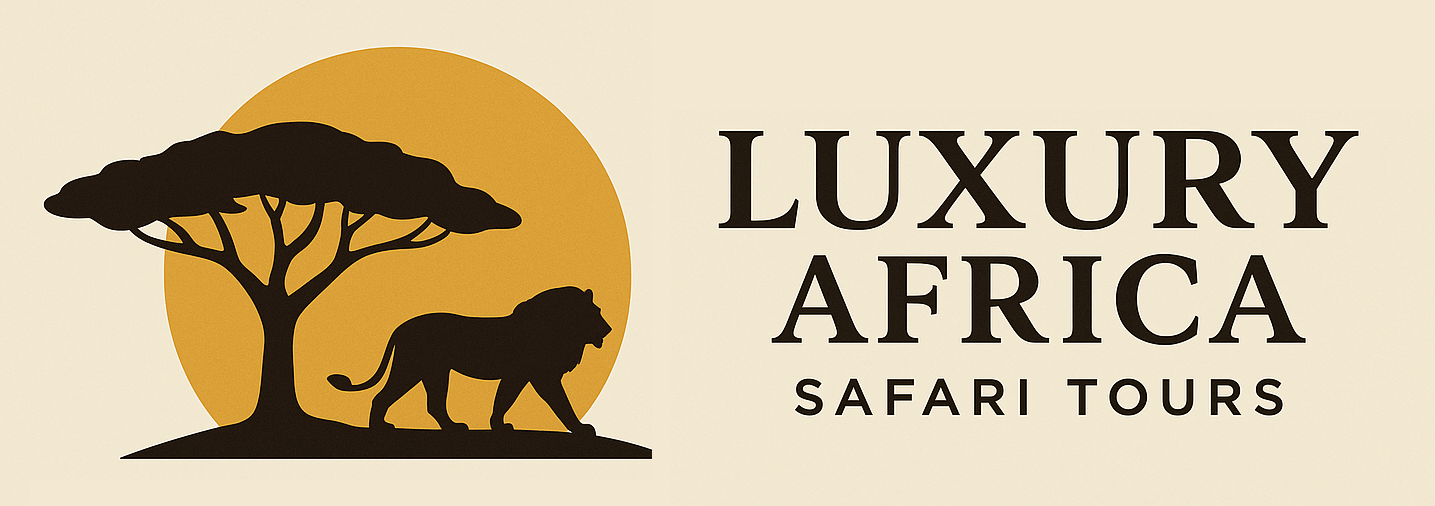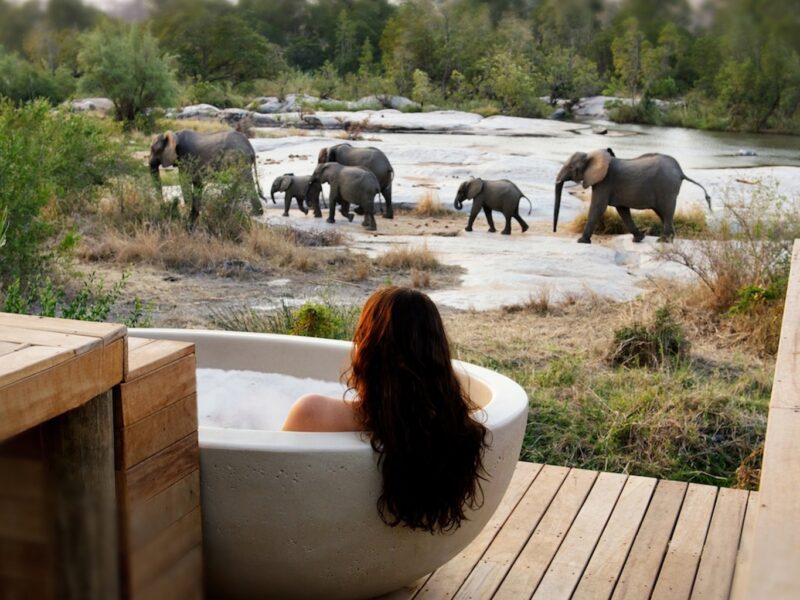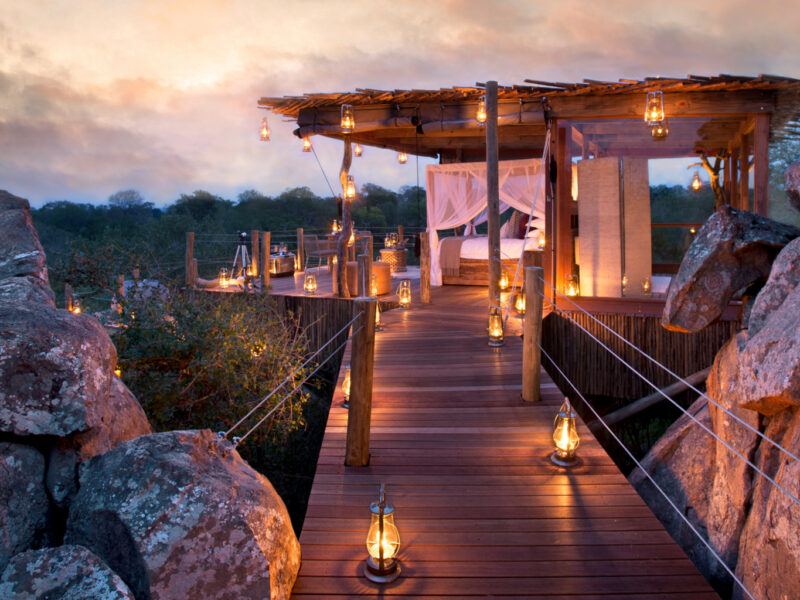Serengeti Migration – Where to Stay in February
For travelers drawn to the circle of life at its most vivid and dramatic, February is the perfect time to witness the Serengeti in its most fertile and dynamic state. Staying in the Ndutu or southern Serengeti region with Adventure in the Wild Safaris ensures that you’re not just observing the migration—you’re surrounded by it, immersed in its rhythm, and connected to one of Earth’s greatest wildlife spectacles.
February is a defining month in the Serengeti, when the Great Migration slows its pace and settles on the southern short-grass plains for one of the most breathtaking events of the year: the calving season. This is when the vast herds of wildebeest give birth to around half a million calves within a few short weeks. The landscape is lush and green from the recent rains, providing the perfect setting for dramatic scenes of new life, predator action, and unforgettable safari experiences. For travelers looking to witness the migration up close, February offers an unbeatable combination of spectacular wildlife, soft light, and wide-open views.
Ndutu and Southern Serengeti – The Calving Ground
During February, the best place to stay is the Ndutu region, which lies within the Ngorongoro Conservation Area, just bordering the southern Serengeti. This area is rich in nutritious grasses that sustain the herds during this critical period of birthing. Thousands of wildebeest can be seen scattered across the plains, many accompanied by fragile, wobbly-legged calves. The abundance of vulnerable young animals attracts high numbers of predators, making February one of the best months for witnessing real-time predator-prey interactions, especially lion and cheetah hunts in broad daylight.
The open terrain of the southern plains ensures excellent visibility, allowing for intimate, clear views of wildlife activity. This region is also home to resident cheetahs, leopards, hyenas, and jackals, who all take advantage of the glut of prey during this season.
Camps That Put You in the Heart of the Migration
To make the most of your safari in February, it’s essential to base yourself at a camp that offers direct access to the southern plains and Ndutu area. Well-situated lodges such as Ndutu Safari Lodge and Lake Masek Tented Camp have long been favorites for calving season safaris, offering a comfortable base from which to explore the surrounding wilderness.
For a more immersive and flexible experience, mobile camps like Serengeti Safari Camp and Ubuntu Migration Camp move with the herds and are typically positioned in Ndutu during February. These camps provide an authentic, close-to-nature experience without sacrificing comfort, and they allow guests to wake up right in the middle of the migration’s densest concentrations.
What Makes February Special
What makes February particularly magical is the sheer volume of life—both in terms of births and the dramatic scenes that follow. Unlike the river crossings of later months, the action in February is raw, immediate, and intensely emotional. The sight of a wildebeest calf standing within minutes of being born, or a mother defending her newborn against prowling predators, creates moments that linger in memory for a lifetime.
The green season setting also adds to the beauty. The grasses are short, which helps visibility, and the skies are often rich with dramatic clouds, enhancing photography. Rain is possible but typically light and short-lived, making for cooler, comfortable game drives.




